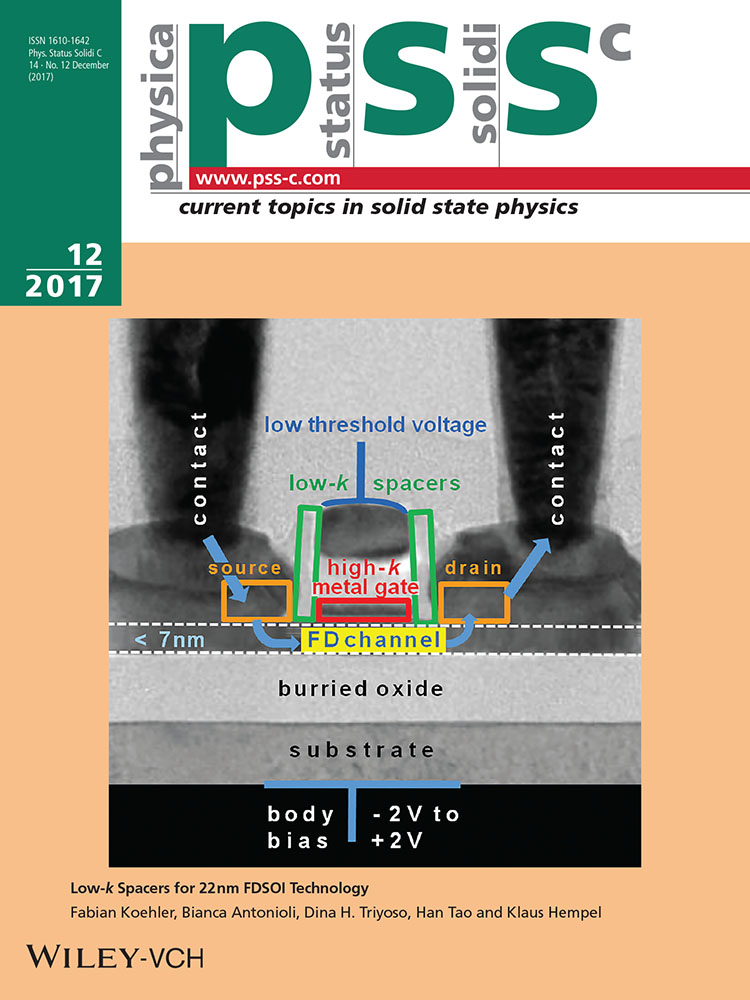MOCVD n-InAs thin layers compared with MBE samples – far infrared magnetophotoconductivity
Abstract
A comparison of the properties of n-InAs thin layers grown by the MOCVD method and, reported elsewhere, similar samples obtained by MBE processing is presented. The measured photoconductivity spectra exhibit a variety of peaks, among them – very narrow peaks (with the halfwidths of ∼20 mT) due to cyclotron resonance (CR) and impurity cyclotron resonance (ICR) transitions. Measurements with tilted magnetic field allowed to correlate peaks with the CR or ICR transitions in the different sample regions: with 2D and 3D electron gas. The detailed analysis shows, that we observe peaks with positions more strongly dependent on the magnitude of the tilt angle than the standard 1/cos Θ (Θ is a sample tilt angle) dependence. These lines were not observed in MBE samples. Results are discussed in terms of a correspondence between the distribution of carriers and the spatial structure of the sample. As a result one can state, that the MOCVD samples seem to have the same quality as samples obtained by the MBE method.




